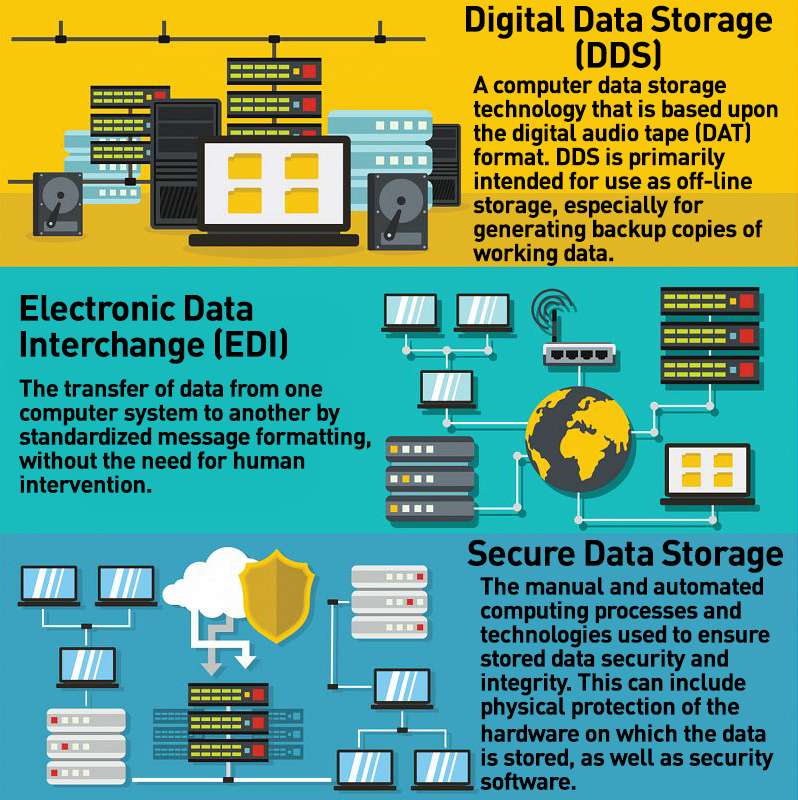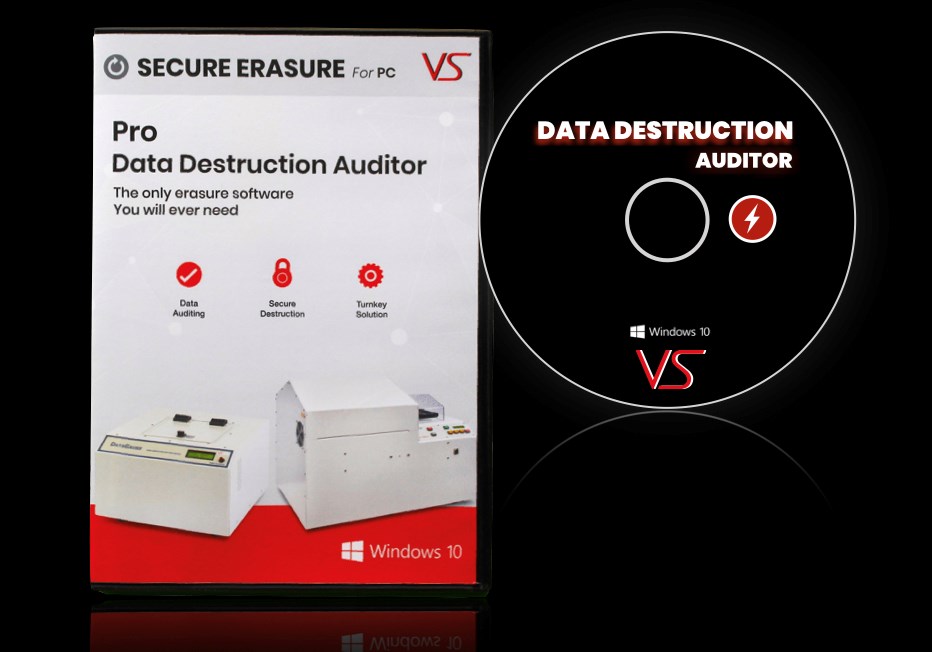Data Destruction Solutions: A Key Element in Your Cyber Security Strategy
Data Destruction Solutions: A Key Element in Your Cyber Security Strategy
Blog Article
Discovering the Significance of Information Destruction in the Context of Computer System Safety And Security Solutions and Protecting Confidential Information
In an era where data violations are significantly typical, the value of reliable data devastation can not be overstated. What techniques can organizations execute to improve their data destruction procedures?
Comprehending Data Devastation
Information devastation is an essential component of computer safety and security that includes the permanent removal of data from storage devices to prevent unapproved gain access to and prospective data violations. In a significantly electronic landscape, organizations face enhanced dangers connected with delicate information being poorly accessed or manipulated. Reliable information damage safeguards against these threats, making sure that personal dataâEUR" such as consumer information, copyright, and financial recordsâEUR" can not be recuperated after disposal.
Comprehending the importance of data destruction prolongs past simple conformity with regulatory and lawful structures; it is vital for keeping business integrity and depend on. When data is improperly taken care of or inadequately destroyed, the repercussions can be serious, including monetary loss, reputational damage, and lawful responsibilities.

Methods of Data Removal

One widespread method is information cleaning, which involves overwriting existing information with arbitrary patterns numerous times. This strategy provides the initial information irretrievable, making it a popular option for organizations looking for to shield secret information.
One more technique is degaussing, which utilizes an effective magnetic area to disrupt the magnetic domain names on storage devices, effectively eliminating the information. This method is specifically effective for magnetic media yet is not appropriate to solid-state drives.
Physical damage is one more durable approach, entailing the shredding or squashing of storage devices. This technique assurances that information recuperation is virtually impossible, making it ideal for highly sensitive information.
Finally, security can function as a corresponding technique to information eradication. By securing data before deletion, organizations can add an extra layer of security, ensuring that even if remnants are recovered, they remain unattainable without the decryption secret. Each technique needs to be selected based on the degree of information sensitivity and the certain safety and security demands of the organization.
Legal Conformity and Information Security
Organizations should browse an intricate landscape of lawful needs associated with information safety, specifically after executing methods of data obliteration. Different policies, such as the General Data Protection Law (GDPR) and the Medical Insurance Portability and Accountability Act (HIPAA), impose stringent guidelines on exactly how organizations need to dispose and manage of sensitive data. Failure to abide with these policies can cause substantial lawful effects, consisting of substantial fines and reputational damages.
Information destruction processes need to be carefully recorded to demonstrate conformity with relevant laws and criteria. This documents not only works as proof of adherence to lawful commitments however additionally shows a commitment to guarding delicate info. Organizations ought to also establish clear plans concerning information retention and devastation timelines, ensuring that information is not held longer than necessary.

Furthermore, regular audits and assessments of information damage techniques are vital to maintain compliance and adapt to developing legal structures (data destruction). By proactively dealing with legal needs, companies can mitigate threats connected with data breaches and demonstrate their dedication to information safety. Inevitably, prioritizing lawful compliance in information devastation processes is not simply a governing obligation, however an essential aspect of a robust information protection technique
Influence On Organization Track Record
The credibility of a company can be dramatically affected by its method to information damage and monitoring. In today's digital landscape, where data breaches can take place anytime, the failure to effectively take care of delicate information can bring about severe repercussions. Organizations that inadequately manage data devastation threat exposing confidential customer info, which not just breaches personal privacy regulations but likewise deteriorates count on among clients and stakeholders.
A damaged reputation can lead to lowered client loyalty, as customers come to be hesitant to engage with a service that has actually demonstrated negligence in securing their data. Negative attention bordering an information breach can have a long lasting impact, as possible customers could be prevented by the viewed absence of protection. This can result in a straight decrease in income and market share.
In addition, organizations that prioritize information damage as component of their safety approach can enhance their online reputation by showcasing their commitment to guarding delicate details. By taking on strict information monitoring methods, companies can not only mitigate dangers however also position themselves as trustworthy entities in their respective markets, thereby reinforcing their total brand image.

Best Practices for Secure Disposal
Applying finest you could try these out practices for protected disposal of data is important for alleviating risks connected with information violations and making sure conformity with privacy regulations. Organizations should embrace an extensive information disposal plan that describes treatments for both physical and electronic information devastation.
For physical information storage gadgets, such as hard disks, shredding or degaussing is suggested to prevent information healing. Furthermore, companies need to preserve a chain of custody documents throughout the disposal process, making certain liability and traceability of disposed items.
For digital information, using software that abides by sector standards for data wiping is essential. This software application should overwrite existing information several times, making recuperation essentially difficult. It is also crucial to validate the efficiency of the information devastation process via audits or third-party evaluations.
Training employees on protected disposal practices includes one more layer of protection, as human mistake can frequently cause data exposure. Routinely upgrading and assessing disposal policies makes certain positioning with evolving guidelines and technical advancements. By applying these ideal practices, companies can considerably reduce the threat of unapproved this contact form data access and improve their general data defense approach.
Verdict
Finally, information damage is a basic element of computer system safety and security services that makes certain the security of secret information from unauthorized access. Carrying out efficient methods of information elimination, sticking to lawful compliance, and identifying the effect on service online reputation are essential parts of an extensive data security method. By taking on best practices for secure disposal, companies can promote trust with customers and guard delicate information, inevitably adding to a more safe and secure electronic landscape.
In an era where data violations are increasingly usual, the significance of effective data devastation can not be overemphasized.Information damage is an essential element of computer system safety that involves the long-term elimination of information from storage tools to stop unapproved access and potential data violations. Organizations needs to likewise develop clear plans regarding information retention and devastation timelines, ensuring that information is not held longer than necessary.
By proactively addressing why not check here lawful demands, organizations can alleviate dangers linked with data violations and demonstrate their dedication to data security (data destruction). Eventually, prioritizing lawful conformity in data destruction processes is not simply a regulatory obligation, yet an essential facet of a robust information safety and security strategy
Report this page